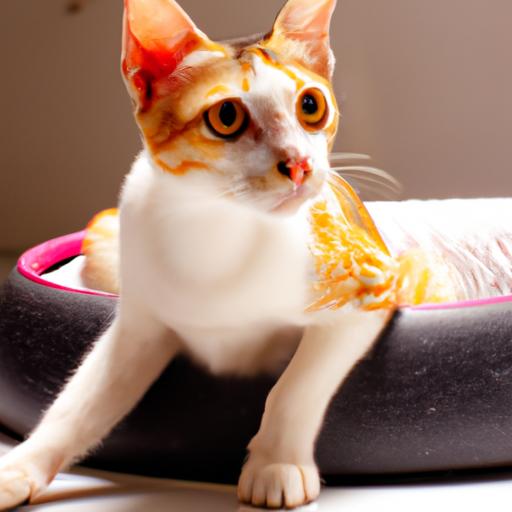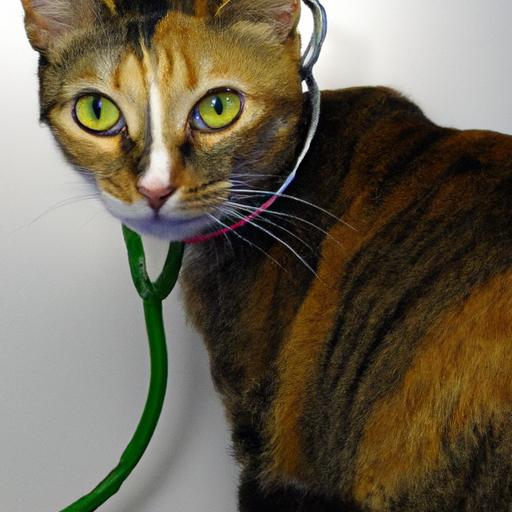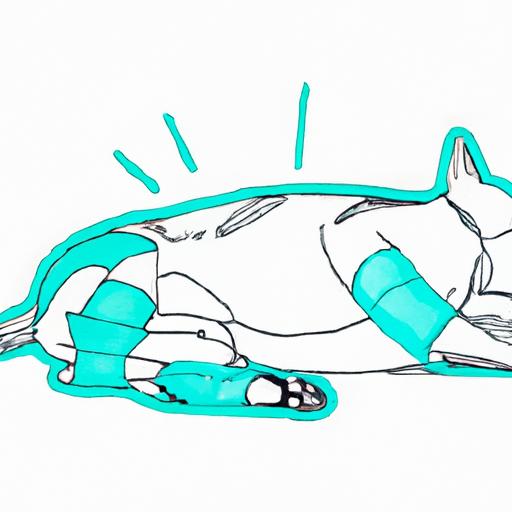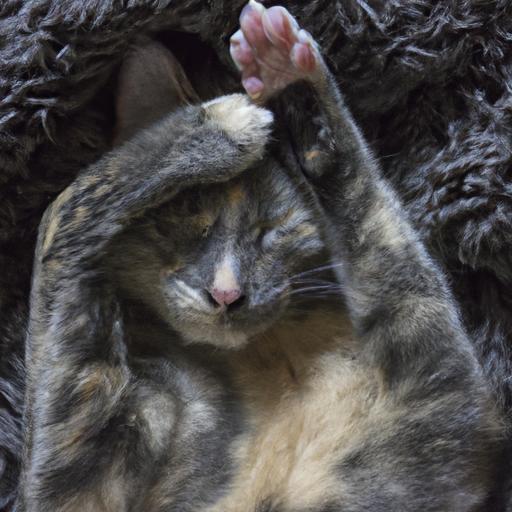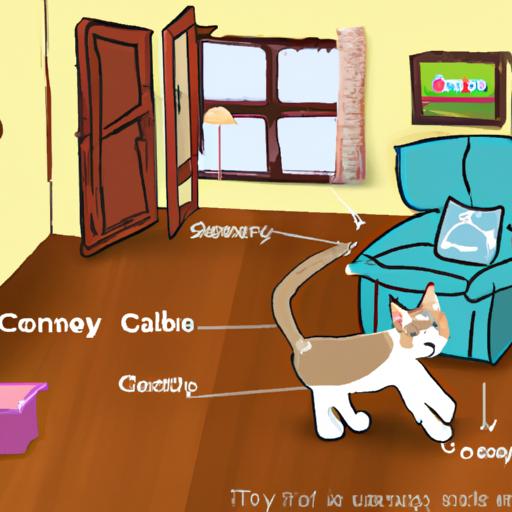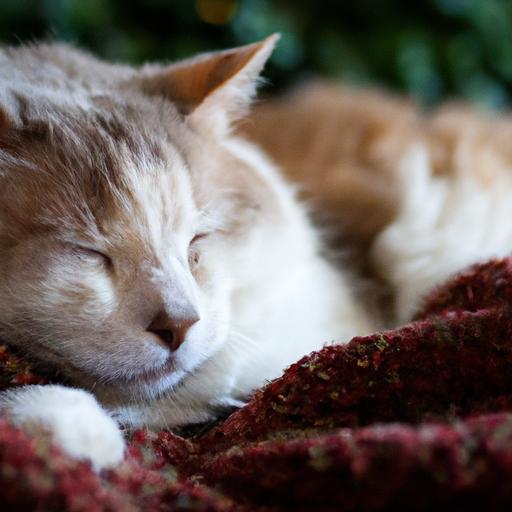
Recognizing Symptoms of Feline Arthritis
Learn how to identify the signs of feline arthritis. From limping to behavior changes, recognizing symptoms is crucial for your cat’s well-being.
Introduction
Feline arthritis is a common condition that affects cats as they age. Just like humans, our feline friends can develop joint problems that cause discomfort and limit their mobility. As responsible pet owners, it is crucial to recognize the symptoms of feline arthritis early on, allowing us to provide the necessary care and support to improve their quality of life. In this article, we will explore the key symptoms of feline arthritis, address frequently asked questions, and emphasize the importance of seeking veterinary care for proper diagnosis and treatment.
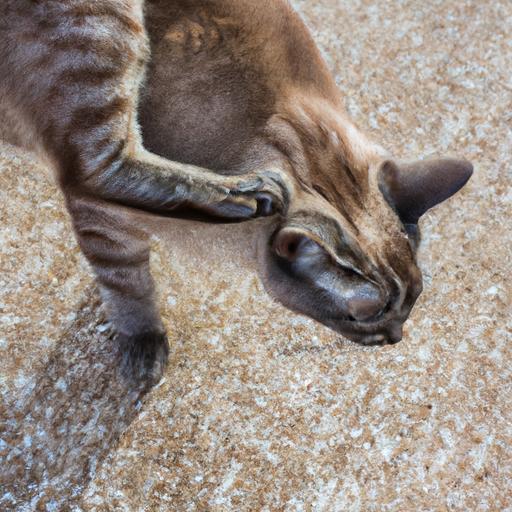
Symptoms of Feline Arthritis
Feline arthritis can manifest in various ways, and it’s important to be aware of these symptoms to ensure early detection and intervention. Here are some common signs that may indicate your cat is suffering from arthritis:
1. Limping or Favoring Certain Limbs
If you notice your cat limping or favoring one or more limbs, it could be a sign of feline arthritis. Arthritic cats may experience pain and discomfort in their joints, leading to a noticeable change in their gait.
2. Difficulty Jumping or Climbing
Cats are known for their agility and grace, so if you observe your furry companion having trouble jumping or climbing, it may be a result of arthritis. Arthritic cats may struggle to navigate heights they once effortlessly conquered.
3. Stiffness or Reluctance to Move
Arthritis often causes stiffness in the joints, making it challenging for cats to move around freely. If you notice your cat hesitating before jumping off furniture or exhibiting stiffness when getting up from a resting position, it could be an indication of feline arthritis.
4. Behavior Changes, Such as Aggression or Irritability
Cats in pain may exhibit changes in behavior as a result of their discomfort. Arthritic cats may become more irritable, aggressive, or withdrawn. It’s important to monitor any unusual shifts in your cat’s temperament and consider if it could be related to feline arthritis.
5. Decreased Appetite
Arthritis can take a toll on a cat’s overall well-being, including their appetite. If you notice a significant decrease in your cat’s food intake, it may be worth considering whether it is related to feline arthritis. Cats in pain may lose interest in eating or experience discomfort while bending down to reach their food bowls.
6. Changes in Litter Box Habits
Cats with arthritis may find it difficult to enter or exit their litter boxes comfortably. Consequently, you may notice changes in their litter box habits, such as urinating or defecating outside the box or using it less frequently. These changes can be a result of the pain and discomfort associated with feline arthritis.
FAQ about Feline Arthritis
It’s important to have a comprehensive understanding of feline arthritis to provide the best care for your furry friend. Here are some frequently asked questions about feline arthritis, along with their answers:
What are the common causes of feline arthritis?
Feline arthritis can be caused by various factors, including genetics, obesity, previous injuries, autoimmune diseases, and infections. Additionally, older cats are more prone to developing arthritis due to natural wear and tear on their joints.
How is feline arthritis diagnosed?
A veterinarian will typically perform a physical examination of your cat, assessing their joints for signs of inflammation, stiffness, or pain. Additional diagnostic tools such as X-rays or blood tests may be used to confirm the presence of arthritis and rule out other possible conditions.
Can feline arthritis be treated?
While there is no cure for feline arthritis, there are several treatment options available to manage the condition and improve your cat’s quality of life. Your veterinarian may recommend pain medication, joint supplements, physical therapy, weight management, or other therapies tailored to your cat’s specific needs.
Are there any preventive measures for feline arthritis?
While it may not be possible to prevent feline arthritis entirely, there are steps you can take to reduce the risk or slow down its progression. Providing a balanced diet, maintaining a healthy weight for your cat, promoting regular exercise, and providing comfortable bedding are all important factors that contribute to joint health.
How can I help my arthritic cat at home?
There are several ways you can support your arthritic cat at home. Creating a comfortable environment with easy access to food, water, and litter boxes can be beneficial. Additionally, providing soft bedding, low-sided litter boxes, and ramps or steps to help your cat navigate elevated surfaces can make their daily life easier.
Conclusion
Recognizing the symptoms of feline arthritis is crucial for the well-being of our beloved feline companions. By staying vigilant and seeking veterinary care, we can ensure early diagnosis and appropriate treatment, enabling us to provide the necessary support to manage their pain and improve their overall quality of life. If you notice any signs of feline arthritis in your cat, don’t hesitate to consult with a veterinarian who can guide you on the best course of action. Remember, your furry friend’s comfort and happiness are in your hands.



